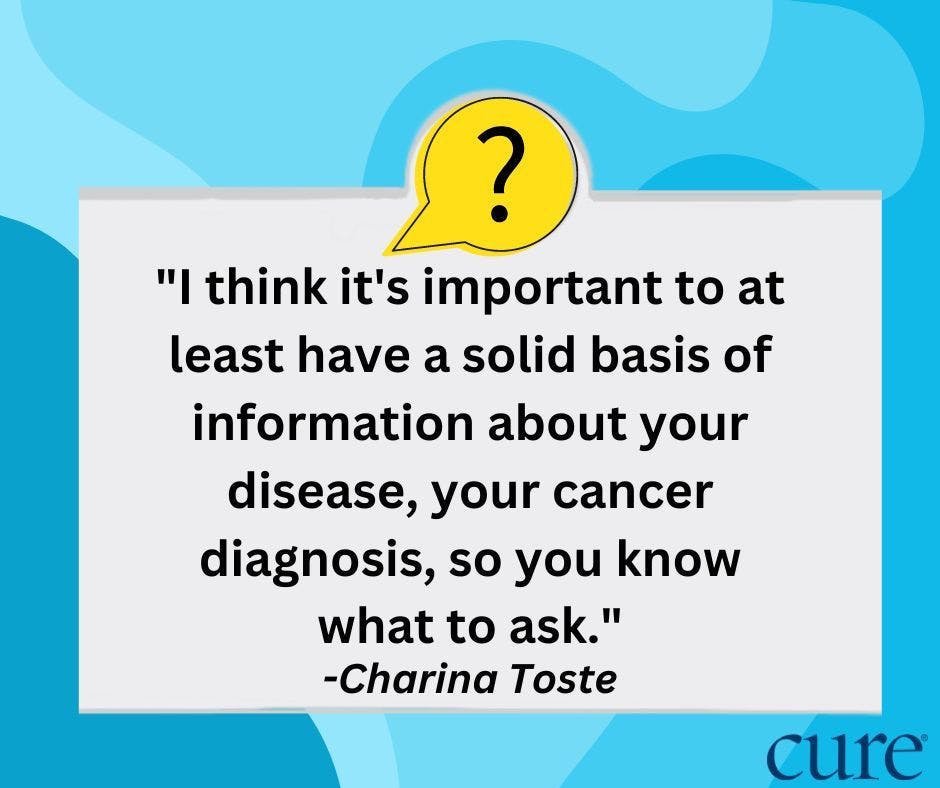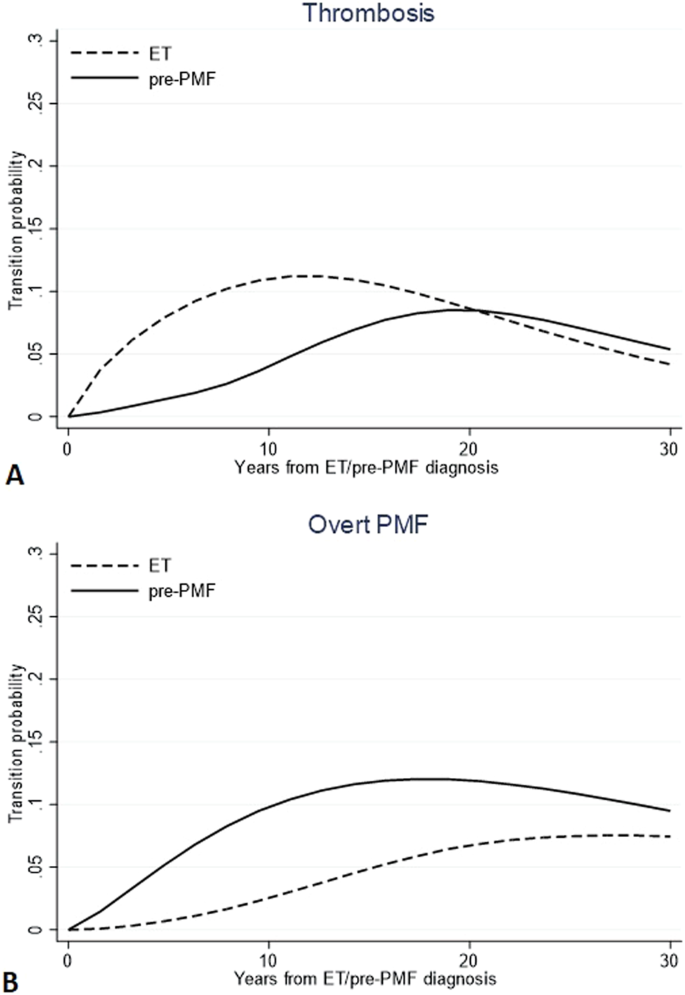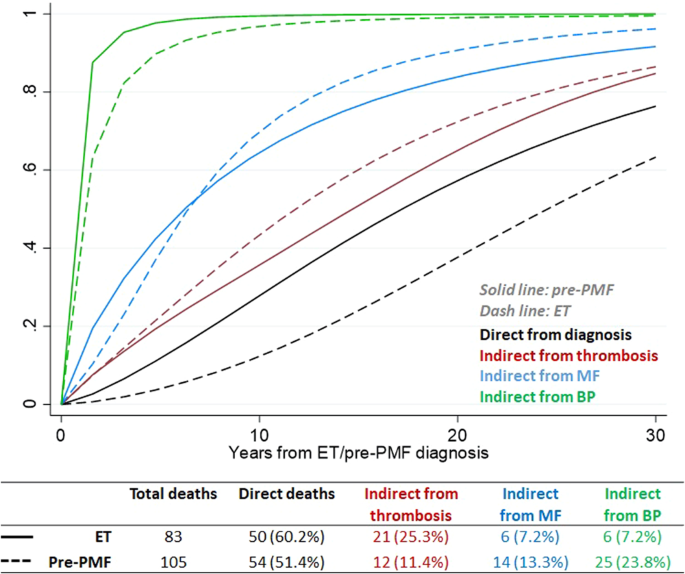August 30, 2023
The recent publication of a guideline recommending mindfulness-based interventions highlight how important it is as a tactic to address symptoms of anxiety and depression in patients with cancer.
Mind-body therapies have been shown — and are recommended in guidelines — to decrease symptoms of anxiety and depression in patients with cancer who may be at any part of the care continuum, an expert said.
With this whole-person system of care, patients can use techniques including mindfulness-based stress reduction, cognitive therapy, meditation and others to address depression and anxiety symptoms. Now that mindfulness-based interventions are now recommended in a guideline prepared by the Society for Integrative Oncology (SIO) and American Society of Clinical Oncology (ASCO) as a way to treat anxiety and depression during cancer treatment, this may allow more cancer centers to offer this as part of their multidisciplinary care.
CURE® spoke with Linda E. Carlson, Enbridge Research Chair in Psychosocial Oncology and professor in the department of oncology at Cumming School of Medicine at the University of Calgary in Canada, to learn more about the ASCO/SIO guideline that she and an expert committee prepared, why they are important for patients and how patients with cancer can advocate for themselves to obtain care related to integrative oncology.
CURE®: Why are these guidelines so important?
Carlson: We know that patients suffer high levels of anxiety and depression, quite commonly around the time of diagnosis, but also going forward through transitions in care, the end of care, trying to get back into regular life. And so anxiety and depression symptoms can haunt people for a very long time.
At the same time, there’s no really good pharmacological treatments, … and many people prefer to go non-pharmacological, more natural routes.
The integrative therapies, the mind-body therapies that are in this guideline are proven. You can see through the evidence they help decrease symptoms of anxiety and depression. And so they’re non-pharmacological alternatives for patients to help cope with these difficult symptoms.
What exactly is integrative oncology?
The definition of integrative oncology … is this idea that it’s incorporating a whole-person system of care that incorporates conventional treatments, as well as complementary therapies where appropriate to help manage symptoms throughout the continuum, from prevention through lifestyle interventions, things like exercise and nutrition, right through treatment with modalities like the mind-body therapies, natural health products, and into survivorship and even end of life.
The idea is that it’s consistent with the person’s beliefs and values. It takes these complementary therapies that have an evidence base to them, applies them throughout the whole cancer journey to improve treatment tolerance and symptom reduction.
Is integrative oncology meant for all patients regardless of disease, stage and other factors?
Absolutely. The evidence base is a bit lacking for some of the rarer forms of cancer. A lot of the research has been done on women with breast cancer. So there’s definitely some holes in the evidence that have limited the kinds of recommendations that could go into the guideline, because the guideline’s based on very strict criteria, randomized-controlled trials, etc. There have been many studies done with more diverse groups of patients, but not enough to get some of those things in the guideline.
Another side note is that just because a complementary therapy may not be included in the guideline, it doesn’t mean that it isn’t helpful or it doesn’t work. It just means there hasn’t been enough research to date. So for example, things like energy therapies or massage may still have potential, but just didn’t make it into the guideline because there hasn’t been the research done yet.
The strongest recommendation was given to mindfulness-based interventions like stress reduction, meditation and mindful movement. Can you go into more detail about what those are?
We use mindfulness-based interventions as an umbrella term to talk about, usually adaptations that stem from the mindfulness-based stress reduction program that was developed by Jon Kabat-Zinn back in the 1970s.
Mindfulness-based stress reduction has been around for about 40 years, but there’s many different takes on it, different adaptations. So there’s some that are specific for people with cancer, like mindfulness-based cancer recovery, or mindfulness-based stress reduction for breast cancer, there’s mindfulness-based cognitive therapy. But what these all have in common is they’re usually group programs, they usually meet once a week over a period of six to eight weeks.
And people are taught mindfulness meditation techniques. So usually, they practice at home for 20 minutes a day or so of meditation on the breath, on the body. And mindfulness is really this idea of bringing awareness into the present moment, non-judgmentally with kindness, self-compassion with openness. And so the meditation is training people on how to do that in a systematic way. Because often our minds are trained to be out of the present moment. We’re either reliving the past and saying, “Why me? If only this or that.” We have regrets, we get depressed or we’re worrying about the future. The mind’s going off to what if this? What if that? How am I going to cope, all the terrible things that could happen, the pressures. And so, we worry and get anxious.
Depression, regret, worry, anxiety, it’s all caused by the past and future focus. But mindfulness training is more about living in the moment. It’s easy to say, it’s a simple idea, but it’s not easy to do. So the mindfulness based intervention trains people in that capacity to be in the present moment, through sitting meditation, body scan, different kinds of awareness practices, everyday mindfulness.
Usually, they have the form of mindfulness meditation practice. And they also have mindful movement, or yoga, incorporated in them. And that is around bringing awareness into the body, learning to identify when there’s stress or tension, identifying our triggers of stress, we even get into the stories we tell ourselves and the interpretations we make and how that elevates stress. There are many components to a mindfulness-based intervention. But we do know that the studies, many of them have consistently shown that they really help people cope with anxiety and depression.
There has always been some thought that any form of mindfulness would be beneficial for patients with cancer. But why was it so important to put these into a formalized guideline?
The way the medical system works is that the guidelines drive treatment decisions, and they drive insurance reimbursement. So while many people have experienced these therapies and know they’re helpful, until we have it formalized with a recommendation from a trusted body like ASCO, like SIO, that’s the first step in really making it standard of care. In fact, it makes it almost compulsory that for cancer centers to be credited as comprehensive cancer centers, they need to include these types of therapies.
The recommendations around mindfulness-based interventions, the language is “should;” people with cancer should have access, not “may,” which is the less strong language. But they should be part of comprehensive cancer care because we know they’re helpful, and they’re less harmful than other pharmacological approaches and more useful, they’re more effective.
There’s no reason why we shouldn’t take advantage of these relatively low-cost interventions with very few side effects, little harm and make those available to everybody. Everybody who’s suffering from anxiety and depression can benefit. So this is a really important institutional step in moving more towards that idea of having them really part of standard of care.
If a patient thinks that this would be a good fit for their care, how should they bring it up to their cancer team?
I would advise patients to get a copy of those guidelines and put them on the desk the next time they go to see the oncologist and say, “How come we don’t have these programs at our cancer center? Why do I have to go to the community and seek this out and pay out of my pocket? Why isn’t this covered by my insurance?” I think we need the patients to stand up and advocate. And they can use (this guideline) as a tool, a very strong tool to help them do that.
This transcription has been edited for clarity and conciseness.



